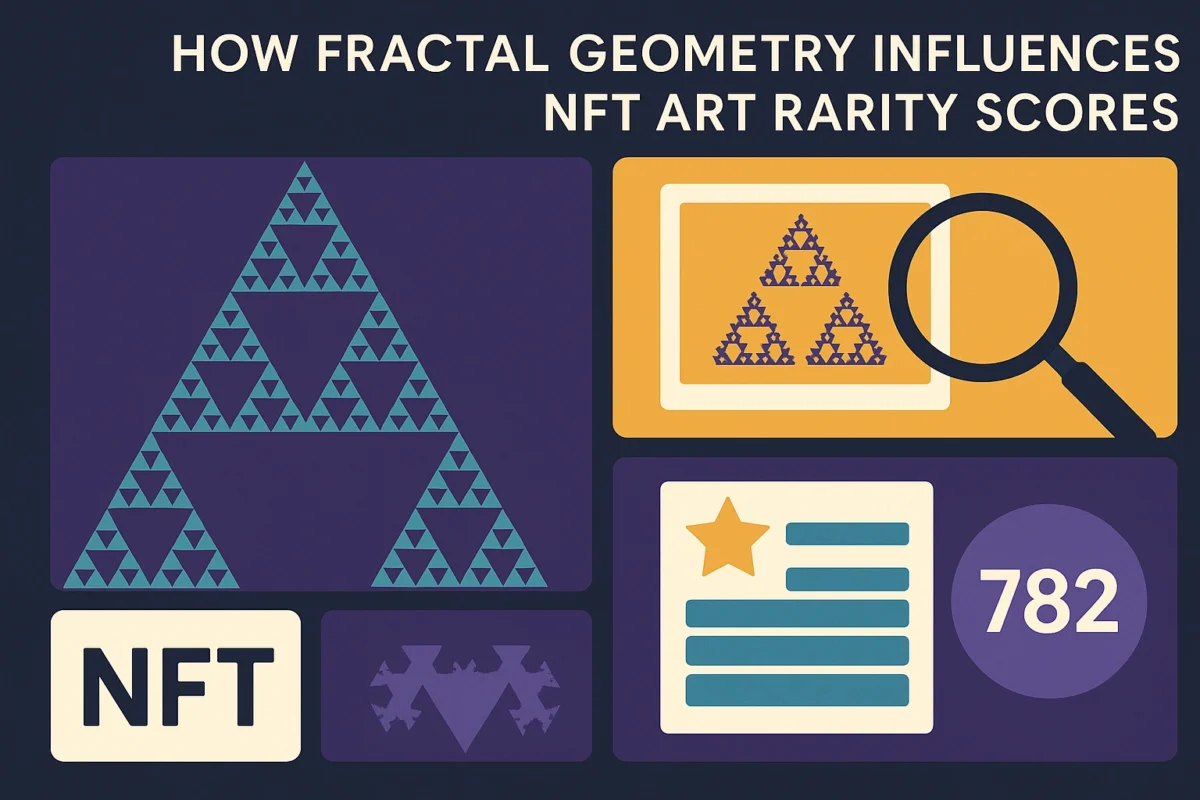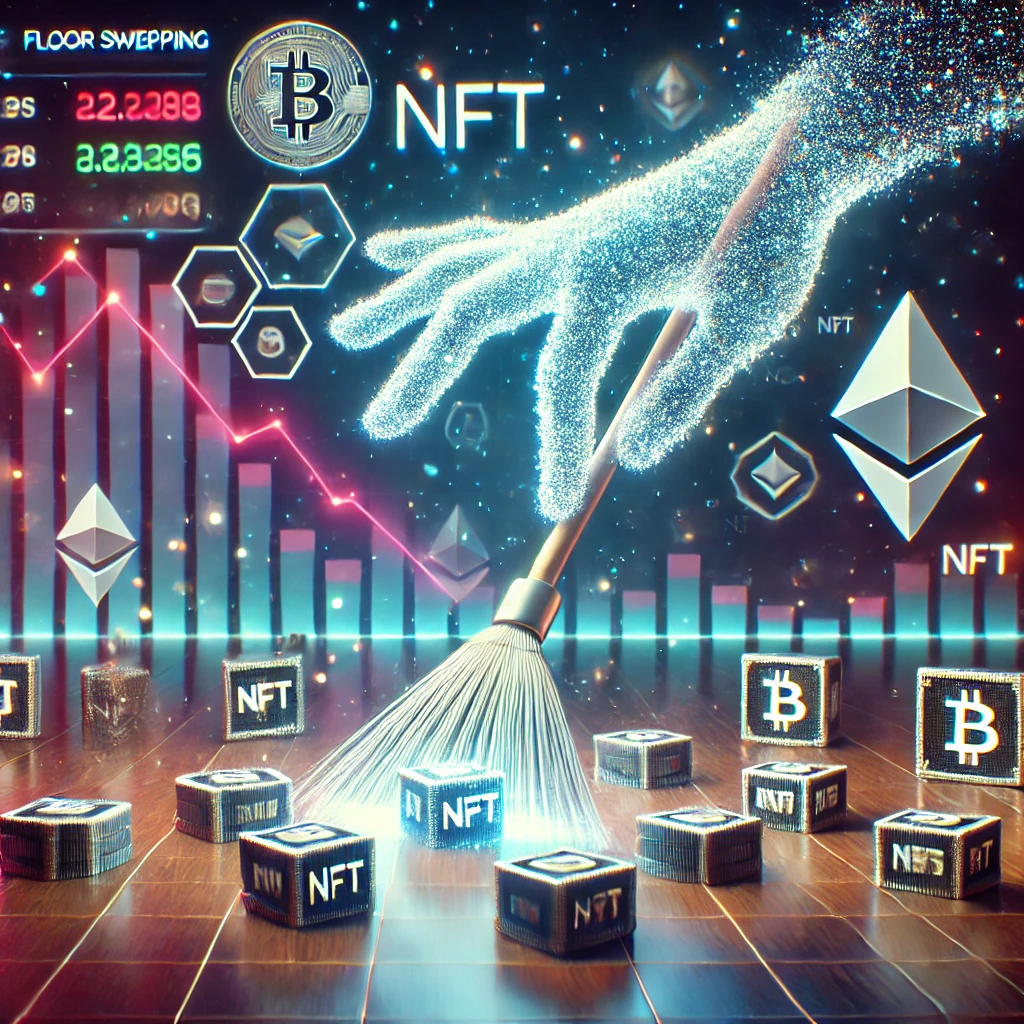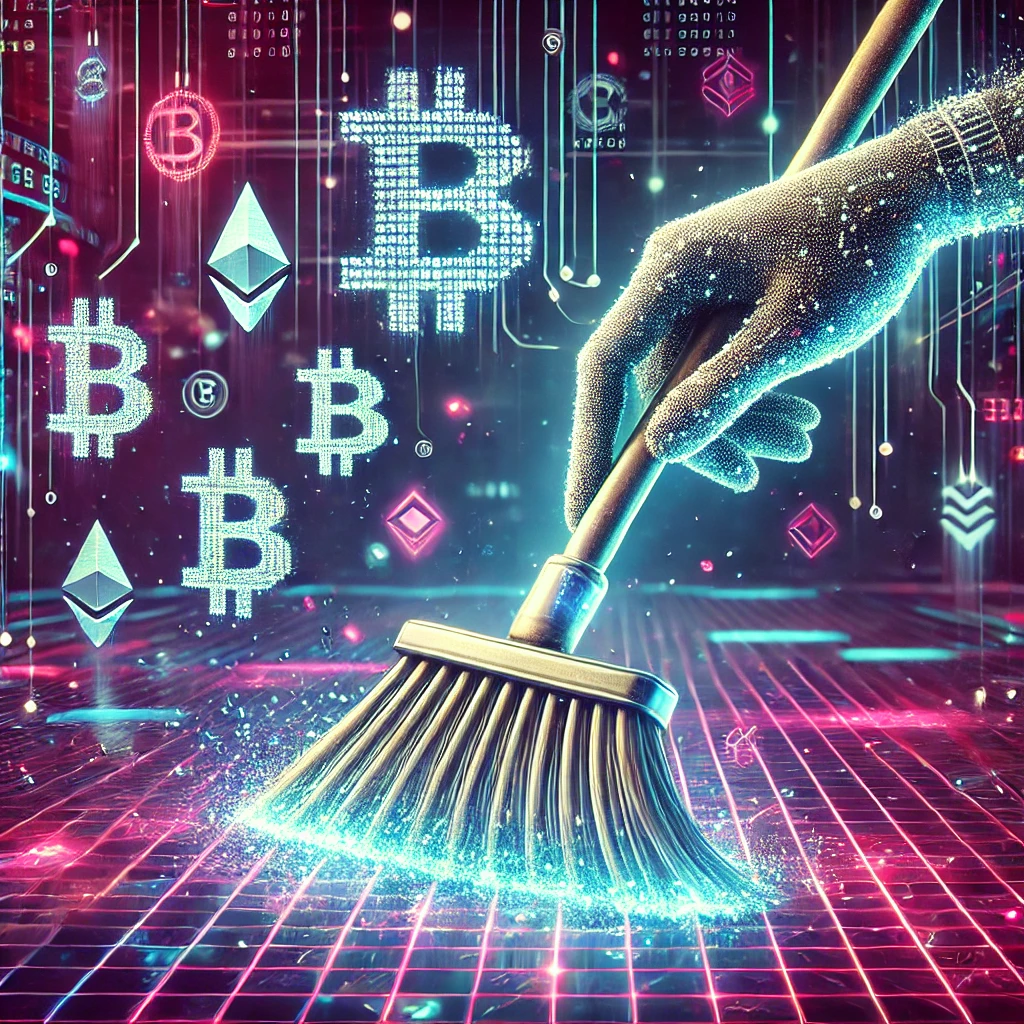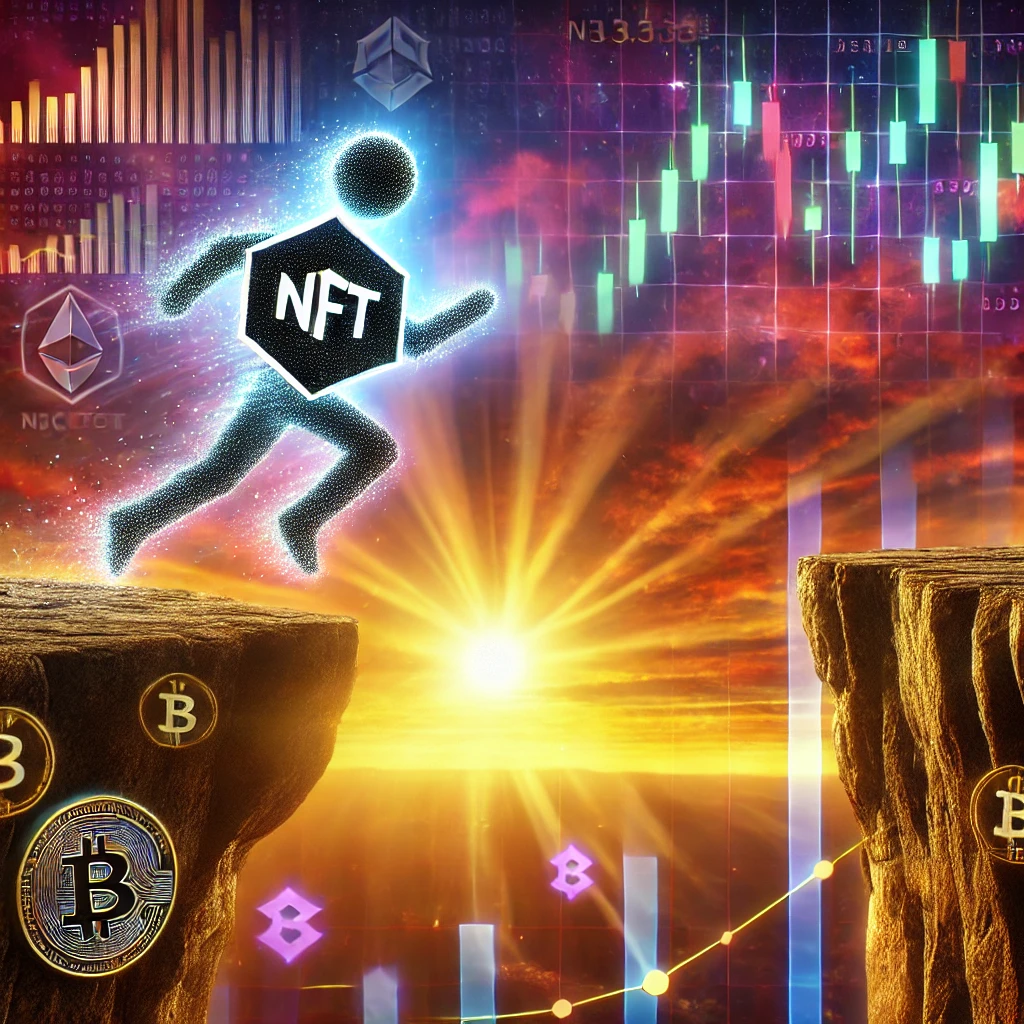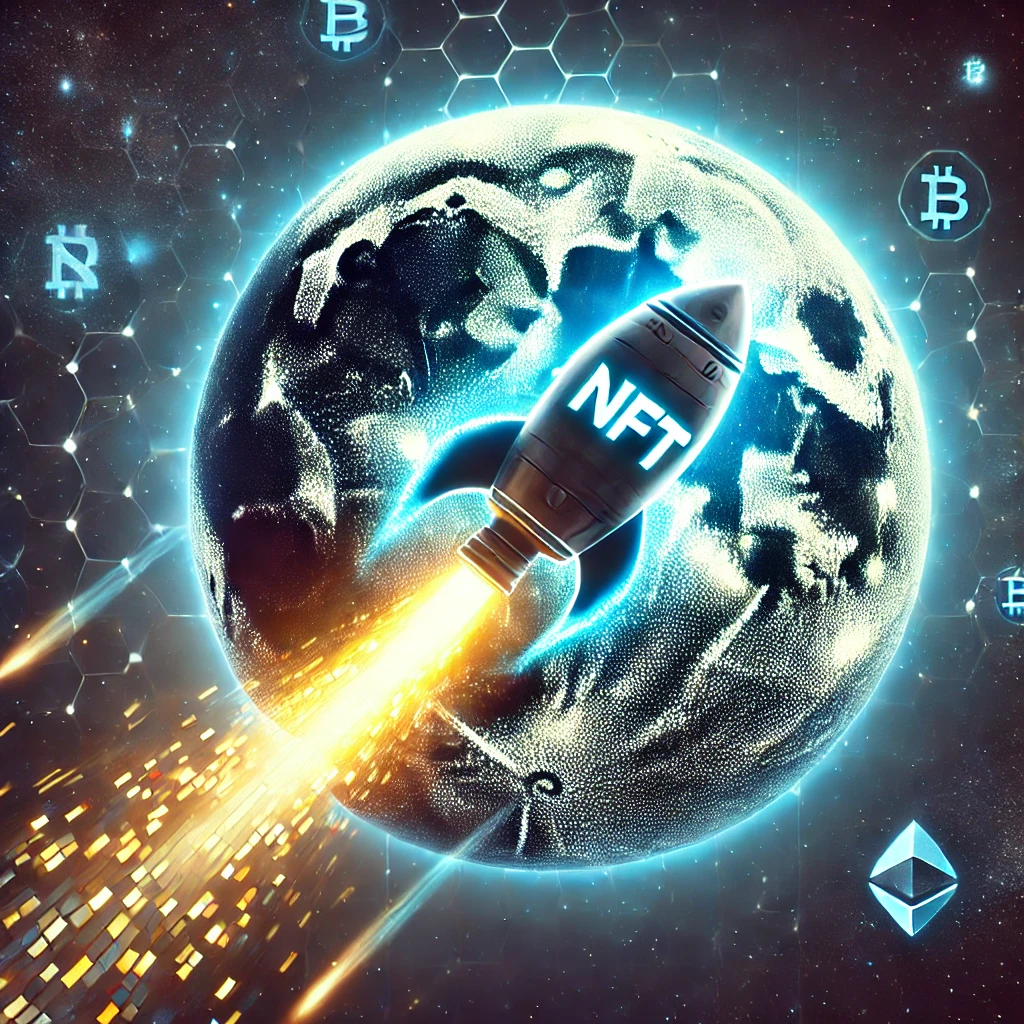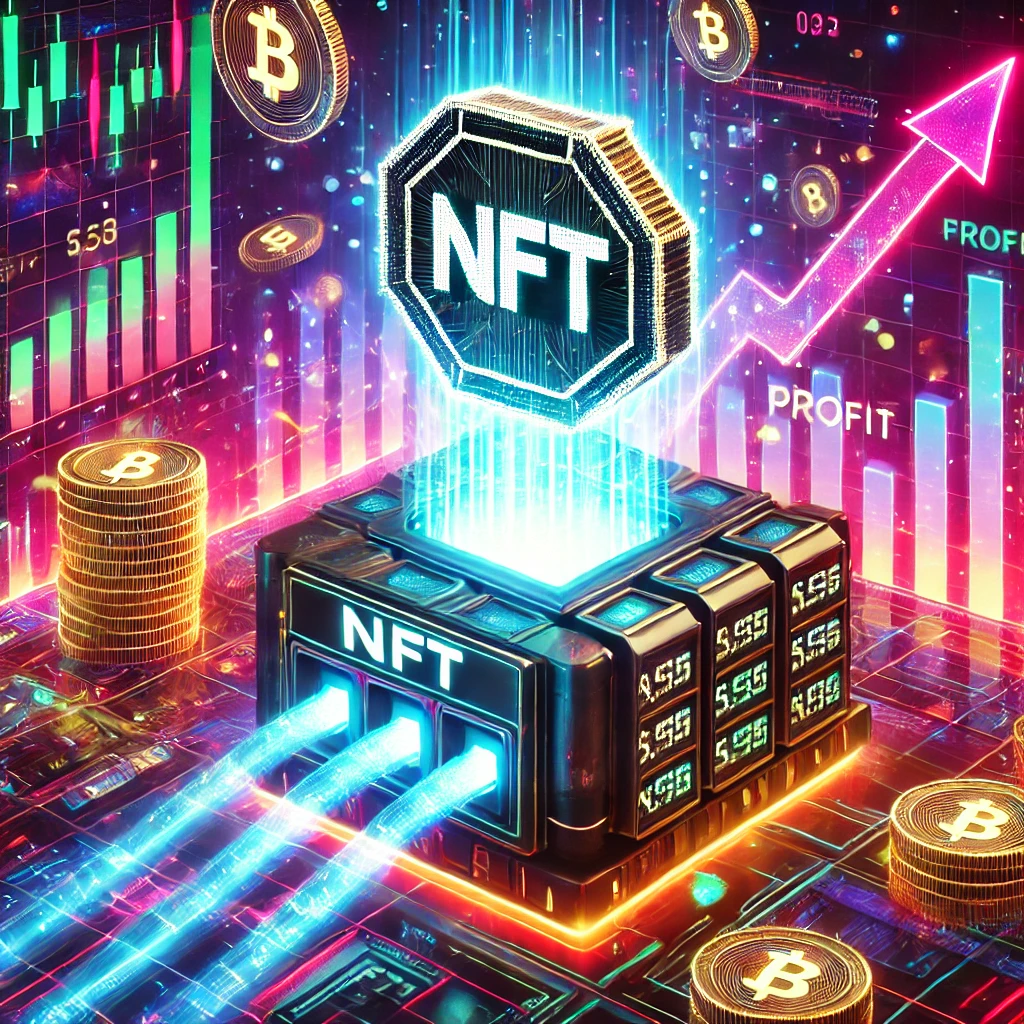How Fractal Geometry Influences NFT Art Rarity Scores
If you’re into NFTs, you’ve probably asked the big question: ‘How rare is this thing?’ While some art NFTs are truly one-of-a-kind, most are part of huge collections, often with thousands of unique pieces. To figure out what an NFT is worth, people often look at NFT rarity score, which tells you how unique it is within its collection. The usual way to calculate this is just to count the traits, but a much smarter method is starting to appear. This new approach uses fractal geometry.
Fractal geometry are those intricate, self-repeating patterns you see in nature and math which is used to get a deeper, more accurate measure of rarity. It’s totally changing how we value and predict the future of NFT art.
Let’s see how fractal geometry is influencing NFT rarity scores.
The Basics of NFT Rarity Scoring
NFT rarity is the backbone of NFT valuation. Collections like CryptoPunks or Bored Ape Yacht Club rise in price not only because of cultural hype but also due to algorithmic scarcity.
Common NFT rarity metrics include:
- Trait frequency: How often visual elements (like hats, colors, or backgrounds) appear.
- Combination rarity: The uniqueness of multiple traits combined.
- Metadata weight: Attributes embedded in the blockchain smart contract.
- Statistical probability: The chance of a token having a certain combination of features.
The current standard for NFT art rarity scoring is trait counting. This method involves listing all the traits of an NFT (e.g., a monkey’s hat, eyes, and fur color) and then calculating the statistical rarity of each trait within the collection. The final score is typically a sum or product of these individual rarity percentages.
For example, in a collection of 10,000 NFTs:
- Trait: Gold Hat (occurs 100 times) -> Rarity = 1%
- Trait: Laser Eyes (occurs 50 times) -> Rarity = 0.5%
- Trait: Blue Fur (occurs 200 times) -> Rarity = 2%
A rare NFT scoring tool would then calculate a total score based on these percentages. While this method is straightforward, it has a major flaw: it treats all traits as independent, even when they are not. It fails to capture the complexity and visual uniqueness that arises from the relationship between traits.
For example, a “Gold Hat” might be common, but the combination of a “Gold Hat” with “Laser Eyes” might create a visually stunning and unique piece that the simple counting system undervalues. This is where fractal geometry provides a more nuanced and accurate solution.
Also See: NFT Energy Efficiency & Blockchain Physics
Fractal Geometry: A Natural Fit for NFT Art
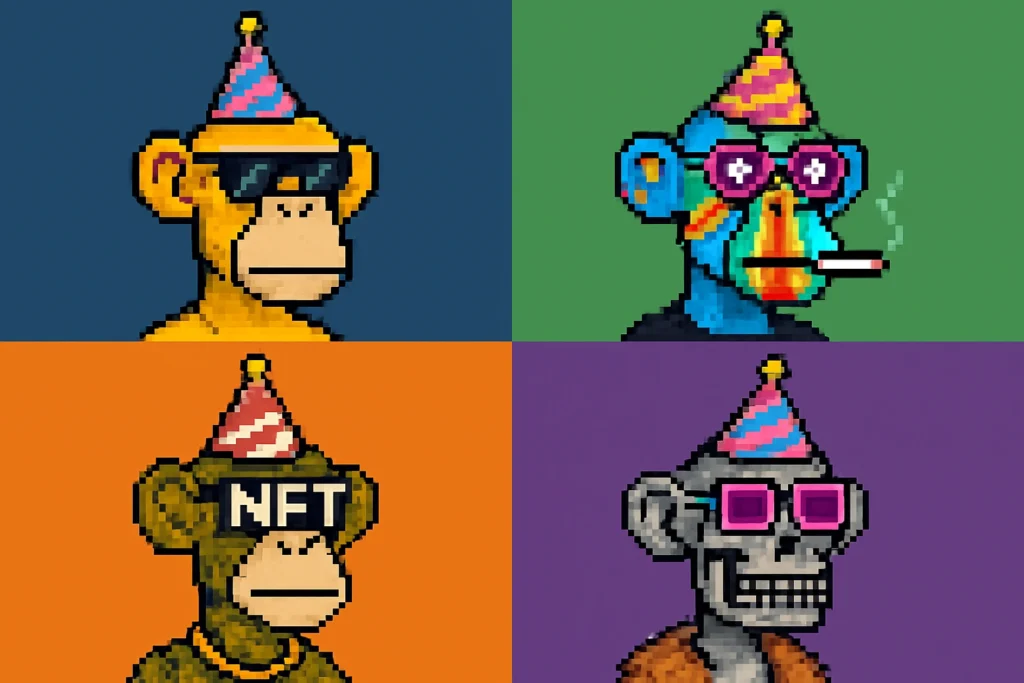
Fractals are mathematical shapes that repeat endlessly at different scales. Think of snowflakes, coastlines, and tree branches. Their beauty lies in self-similarity like patterns that look similar whether zoomed in or out.
In the NFT art world:
- Generative artists use fractal algorithms to design infinitely complex visuals.
- Collectors see fractals as symbolic of uniqueness and mathematical beauty.
- Scoring models can apply fractal measures to calculate rarity beyond simple traits.
Fractals provide a deeper, more objective measure of uniqueness, making them ideal for digital rarity systems that want to move past surface-level aesthetics.
How Fractal Geometry Works
The core of this advanced system lies in a new set of NFT math models that analyze the visual data embedded in an NFT’s image. This process involves several key steps:
Image Analysis
The model first converts the NFT’s image into a numerical format, essentially a grid of pixel data.
Fractal Dimension Calculation
This is the crucial step. Instead of a traditional geometric dimension (e.g., a line is 1D, a square is 2D), a fractal dimension is a non-integer value that quantifies the complexity of a pattern. A higher fractal dimension indicates a more intricate, complex, and unique visual pattern. For example, a simple, blocky piece of art would have a low fractal dimension, while a piece with swirling, intricate patterns would have a high one.
Self-Similarity Metrics
Algorithms are used to measure the degree of self-similarity within the NFT’s art. A piece that contains many repeating, scaled-down versions of its own patterns is considered to have a high self-similarity score, which can be a key indicator of its unique visual structure.
Aesthetic Scoring
The model can be trained on a dataset of visually appealing art to develop an aesthetic score. This moves beyond pure rarity to quantify visual appeal, a critical but subjective part of NFT valuation techniques.
By calculating these metrics from the image itself, the model can assign a geometry NFT ranking that is far more accurate and meaningful than a simple rarity score. It measures the intrinsic, visual uniqueness of the art, not just the statistical rarity of its components.
Why Fractals Improves NFT Valuation Techniques
Traditional rarity relies on scarcity of traits, but that doesn’t always capture visual or mathematical uniqueness. Fractals add another layer by:
- Measuring complexity and symmetry mathematically.
- Offering a scientific rarity baseline across collections.
- Enabling cross-collection rarity comparisons (e.g., comparing fractal values between two different NFT projects).
As a result, this elevates blockchain art value from just popularity-driven hype to data-backed rarity scores.
Digital Rarity Systems and Fractal Integration
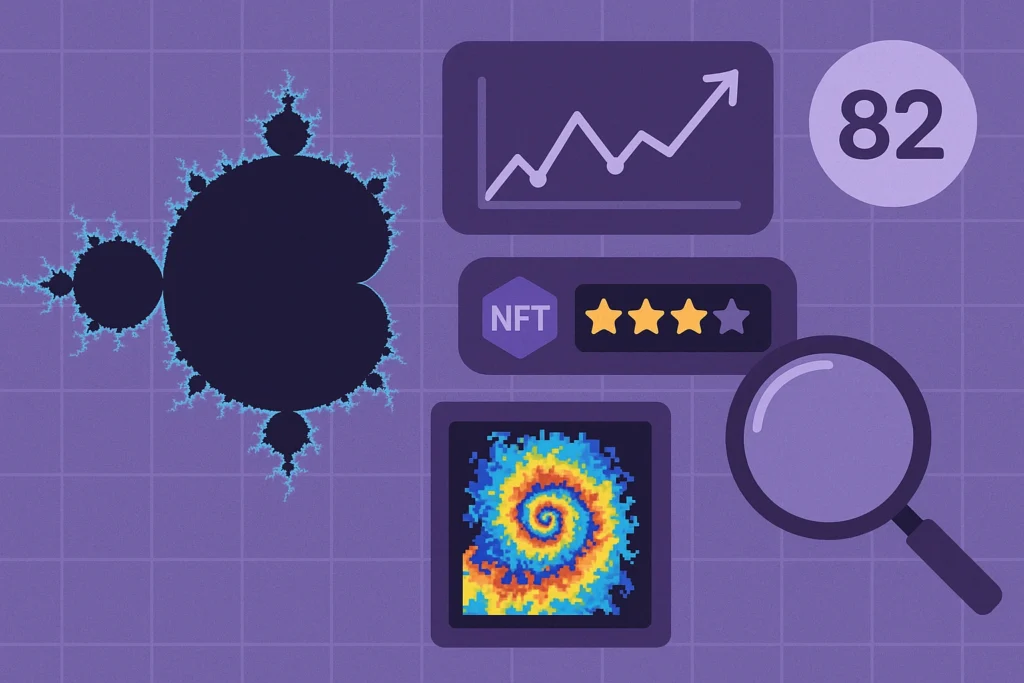
Modern rarity platforms are already experimenting with advanced NFT metadata fractals. By encoding fractal signatures into smart contracts, rarity models become more sophisticated.
A digital rarity system enhanced with fractals could:
- Score NFTs based on fractal dimensions + metadata traits.
- Use geometry ranking systems to adjust rarity dynamically.
- Feed insights into NFT marketplace trends, giving collectors new valuation tools.
This transforms rarity scoring from static trait counts to living mathematical models.
The Psychology of Fractal Rarity
Why do collectors value fractals so highly? Psychology offers answers:
Cognitive aesthetics: The brain finds fractal patterns pleasing because they resemble nature.
Emotional value: Fractal NFTs trigger a sense of infinity, wonder, and balance.
Memory anchoring: Just as fractals repeat endlessly, collectors anchor memories to ownership, enhancing NFT psychology.
In short, fractals tap into deep cognitive preferences, making them a natural driver of NFT investor behavior.
Real-World Applications of Fractal NFTs
Generative Art Projects
- Artists like those in Art Blocks use fractal algorithms to generate unique pieces.
- Rarity scoring could integrate fractal metrics for fairer valuation.
NFT Marketplaces
- Platforms could display fractal scores alongside rarity charts which will help investors with NFT math models instead of surface-level analytics.
Collector Tools
- Smart apps could let users upload an NFT and see its fractal dimension ranking which will democratize NFT art prediction and valuation.
Challenges of Fractal-Based Rarity
Computational intensity: Calculating fractal dimensions for large collections takes power.
Collector education: Many investors don’t understand fractals, so tools must simplify outputs.
Over-standardization risk: If all rarity systems adopt fractals, the novelty factor may decline.
Yet, these challenges can be solved with user-friendly NFT valuation techniques that balance math with accessibility.
Also See: The Neuroscience of Digital Ownership: Why NFTs Matter
Future of NFT Rarity: From Traits to Math
The shift to fractal-based rarity has major implications for NFT art prediction. By providing a more accurate measure of intrinsic artistic value, it can help stabilize the market and move it away from a purely speculative bubble. Art that is mathematically unique and visually complex is more likely to hold long-term value than a piece whose “rarity” is simply a statistical fluke.
Plus, this method can be used as a powerful NFT valuation technique. By analyzing an artist’s portfolio, a model can identify the traits and patterns that are most likely to correlate with market success and high resale value. This insight can inform creators about what types of patterns and combinations are most likely to resonate with collectors, allowing for a more strategic approach to generating new collections.
Conclusion
The integration of fractal geometry into digital rarity systems represents a maturation of the NFT market.
It moves beyond a simple, almost arbitrary system of trait counting to a scientifically grounded, visually intelligent method of valuation.
It’s a step towards a future where art on the blockchain is valued not just for its scarcity, but for its genuine, intrinsic complexity and beauty.
FAQ: NFT Art Rarity
What makes fractals important for NFT art rarity?
Fractals measure mathematical uniqueness, offering a deeper layer beyond visual traits.
How can NFT platforms use fractals in scoring?
They can integrate fractal dimensions into rarity models and metadata.
Do collectors really care about fractals?
Yes. Fractal patterns align with natural aesthetics, enhancing perceived beauty and uniqueness.
Will fractal rarity become standard?
It may, especially as digital rarity systems evolve to include advanced math models.
Are fractals only for generative art NFTs?
No. Any digital artwork can be analyzed for fractal patterns and integrated into scoring.
Conclusion
Fractal geometry adds scientific depth to NFT art rarity scoring. By analyzing self-similarity, fractal dimensions, and metadata links, NFTs gain objective valuation metrics alongside cultural appeal.
As rarity systems evolve, geometry NFT ranking and fractal-based valuation techniques could become essential for investors, artists, and marketplaces.
NFTs were born from art and code, but with fractals, they now stand at the intersection of mathematics, psychology, and blockchain identity.
